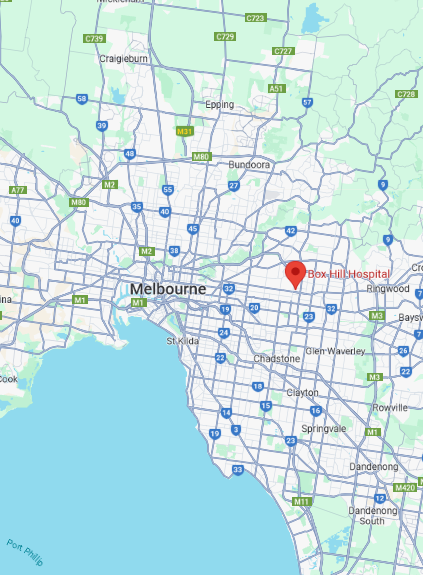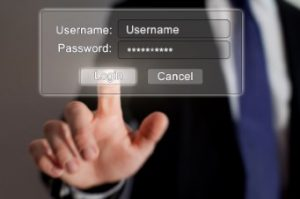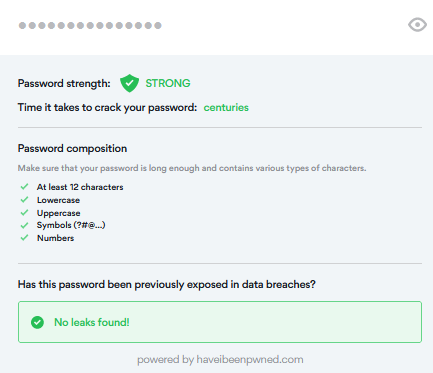One day 2 weeks ago a group of friends was enjoying a night out in the West End. They were looking forward to a quality meal and a Saturday night show – but it didn’t quite go according to plan.

Whilst waiting on a tube platform one of the friend’s wives had her pockets picked and her iPhone was stolen. Using her husband’s phone they registered the phone as stolen with Apple and continued on to the show. Thankfully they were able to put the theft behind them and have a great night in London.
Later that night a message pinged on her partner’s phone from “Apple”.
“You’re iPhone 12 Pro was found at 00:35 GMT. View location here” it said, along with a link. He clicked the link and up popped Apple’s “Find my” iCloud screen and asked for his wife’s PIN.

When the PIN was entered, up popped a map with a location – although it was a location in Australia.
Confused, worn out and little drunk from the night’s revelry they both decided to go to bed and approach things with a clearer head in the morning.
Sunday came and they both woke feeling more than a little concerned that Apple had managed to get the number for his Samsung phone to send the “Found iPhone” message to.
He opened the text again to click on the link but it no longer worked. Thinking back he remembered that he thought the map he had seen during the night looked a little odd. It was of a lower resolution than expected and lacked the ability to scroll around or to shrink or enlarge.
The penny dropped. They’d been scammed.
Thankfully, with bank accounts secured by bio-metrics, the bank accounts were secure and a quick check on shopping apps showed nothing had been bought, yet. Passwords were changed just to make sure.
A phone call to their service provider helped put their minds at rest. The PIN was required by the thief so that they could simply wipe the phone and sell it on.
Although nothing more than a phone was lost, the stress my friends went through, allied to the hassle of getting hold of a replacement phone and setting it up was bad enough.
So, be warned. If you have an iPhone stolen be wary of messages popping up on phones belonging to people in your contact list announcing that the phone has been found.
Have a great Christmas, a happy new year and stay Cyber Secure.
I look forward to communicating with you in the new year. If you need any help, please, just ask. You can reach me by phone – 01793 23








